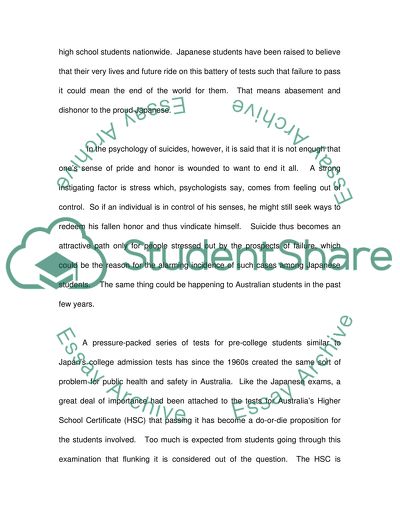Cite this document
(The Suicide Incidents Reported in Japan Term Paper, n.d.)
The Suicide Incidents Reported in Japan Term Paper. Retrieved from https://studentshare.org/psychology/1536737-year-12-stress
The Suicide Incidents Reported in Japan Term Paper. Retrieved from https://studentshare.org/psychology/1536737-year-12-stress
(The Suicide Incidents Reported in Japan Term Paper)
The Suicide Incidents Reported in Japan Term Paper. https://studentshare.org/psychology/1536737-year-12-stress.
The Suicide Incidents Reported in Japan Term Paper. https://studentshare.org/psychology/1536737-year-12-stress.
“The Suicide Incidents Reported in Japan Term Paper”. https://studentshare.org/psychology/1536737-year-12-stress.


